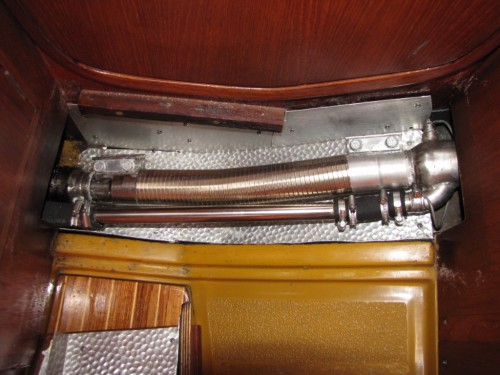Do you want to be informed on new Posts on this Thread? (members only)
| S&S Swan Maintenance - Swan 41 exhaust fire |
|---|
|
Join Date: 02 March 2007
Posts: 83 |
||
|---|---|---|
|
Swan 41 exhaust fire |
|
Join Date: 02 January 2008
Posts: 1547 |
||
|---|---|---|
|
Dear Cosmo Little
|
|
Join Date: 02 March 2007
Posts: 83 |
||
|---|---|---|
|
Dear Lars,
|
|
Join Date: 02 March 2007
Posts: 83 |
||
|---|---|---|
|
PS
|
|
Join Date: 02 January 2008
Posts: 1547 |
||
|---|---|---|
|
Dear Cosmo Little
|
|
Join Date: 02 February 2007
Posts: 202 |
||
|---|---|---|
|
Hello Cosmo Little.
 |
|
Join Date: 02 February 2007
Posts: 202 |
||
|---|---|---|
|
Dear Cosmo Little,
|
|
Join Date: 02 March 2007
Posts: 83 |
||
|---|---|---|
|
Dear Philippe,
|
|
Join Date: 02 February 2007
Posts: 202 |
||
|---|---|---|
|
Dear Cosmo Little,
|
|
Join Date: 02 March 2007
Posts: 83 |
||
|---|---|---|
|
To finally conclude this post, please see photo of completed repair. A new bellows has been fitted, as the old one had numerous pin holes. Also a new over temperature sensor attached to the water jacket. This operates at 90degC, a temperature which very soon would be reached if the cooling water failed. The entire area is lined with fibreglass tape and copper sheet. The bellows gets to a temperature no higher than about 120degC in normal operation. Cosmo Little |
- Threads : 1715
- Posts : 10273
- Members: 823
- Online Members: 0

